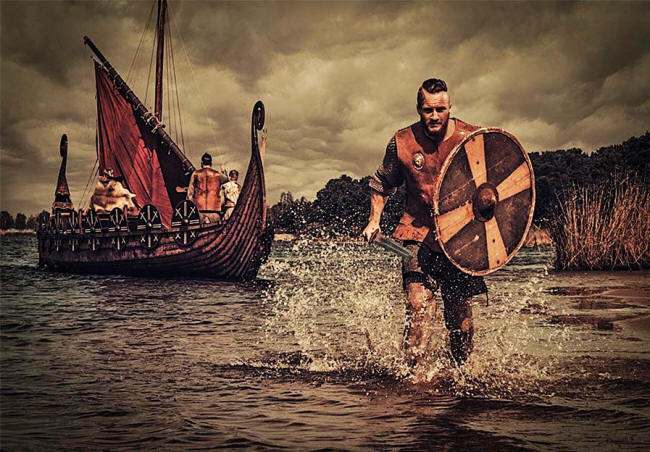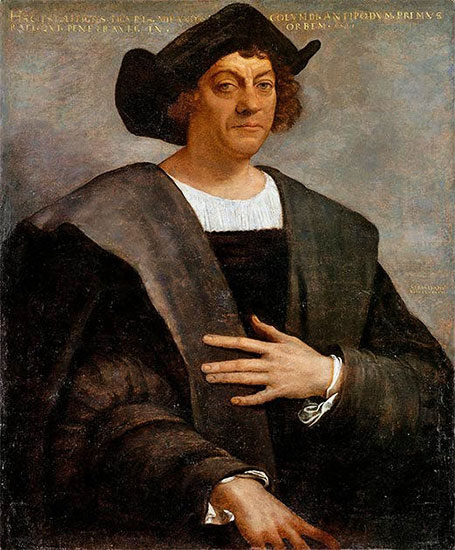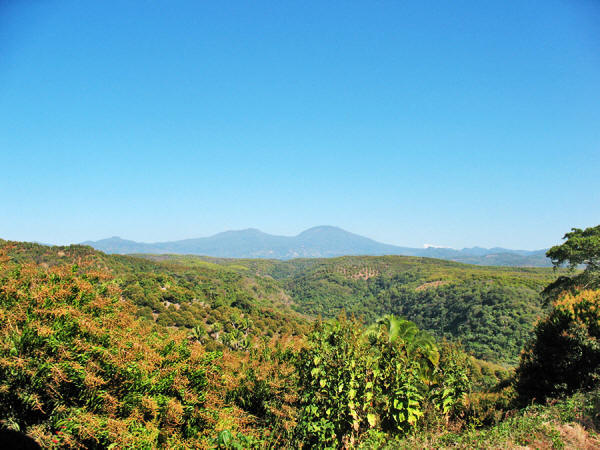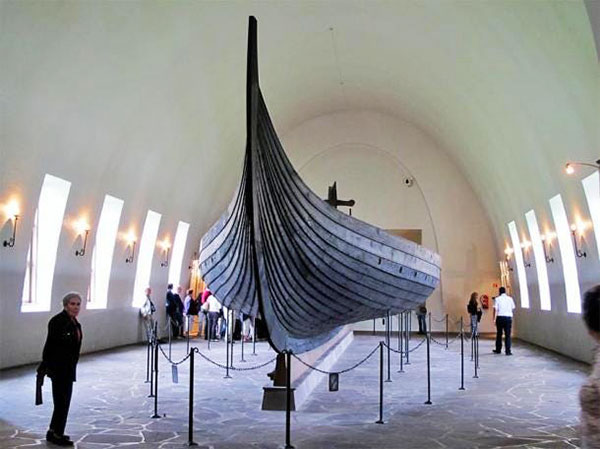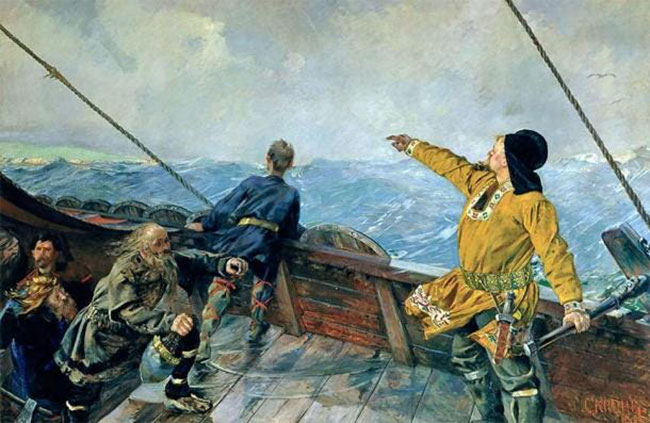|
from AncientOriginsUnleashed Website
Italian
version Vikings in South America. Source: Nejron Photo Adobe stock
From a fortified hill near the Brazilian border, they occupied a defensive position for some part of two centuries, keeping watch on a nearby small mountain.
It has been reported that in the 20th century, beneath the mountain under observation, was discovered a large area whose walls and roof are built of concrete unknown to science and cannot be opened but are believed to conceal a network of tunnels.
The following unravels the story presented by just a few advocates, of Vikings in South America.
Like so many of these tales, it needs further investigation to enable verification, but nonetheless, it provides food for thought.
Therefore for them, all talk of Vikings travelling anywhere south of Nova Scotia before 1492 AD is not even hypothetical but pure fiction.
In order to maintain this pretense, historians have found it necessary to discard what might be to others common sense and replace it with a preposterous theory.
The best example of this is:
Were Vikings in South America before Christopher Columbus? Pictured: posthumous portrait of Christopher Columbus. (Sebastiano del Piombo / Public domain)
A variety of dogs found in graves at Ancon, Chile, by Professor Nehring in 1885 was analyzed by two French zoologists in the 1950s who determined that this variety could not be descended from the wild dogs of South America.
They matched them to
Canis familiaris L.patustris Rut of which numerous skeletal
remains have been discovered, all at
Bundsö on the Danish island of Als/Jutland.
The French scientists got their heads together and decided that:
This nonsensical explanation was the only scientific theory available, that is, that would fit with the accepted history of the finding of the Americas.
But if that account were wrong, a more common sense explanation might be that the Danish Vikings brought the dogs with them when they sailed to South America from Europe in the eleventh century.
and his men heading to land.
(Frank
Dicksee / Public domain)
The Viking
Protectorate in Paraguay?
For the greater distances involved, a special type of woolen sail, which had been developed for greater speed and sailing much closer to the wind, as proved in experiments by Amy Lightfoot with the Viking Ship Museum, Roskilde.
Strangely for Europeans
so far from home in the 11th century, the
Danish-Schleswig Vikings in this account seemed to know exactly
where they were heading.
Three kilometers (1.9 mi)
north of this ring is the mountain Itaguambype , which means
'fortress'. Long before the supposed arrival of the Vikings, it had
been hollowed out to make one, hence its name.
Through his observations, he decided that, at some indefinite time in the past, the construction's purpose must have been some kind of military observation post large enough for a settlement or a refuge.
the site where the Danish Vikings in South America were once believed to hold a settlement. (Christian Frausto Bernal / CC BY-SA 2.0)
It is two kilometers (1.2 mi) in length and one hundred meters (328 ft) high. The ex-fortress is a section cut off at the south end, 300 meters (984 ft) long with a 20-meter-wide (66-ft) opening for access.
The sides are of natural
rock, a quarter of the way up from the ground with above it blocks
of unequal-size, stone tailored to fit together perfectly smoothly
in the manner similar to anti-earthquake walls in Peru and Bolivia.
The fortress would have
been abandoned either in about 1250 AD, when a native rebellion
succeeded in expelling the Vikings, or earlier, once it had served
its true purpose.
He admitted that he suffered mental disturbances from time to time. He wandered South America doing odd jobs, and during the War of the Chaco between Paraguay and Brazil in 1932-1935 served the Paraguayan Army in one of their workshops reconditioning captured enemy weapons.
From 1935 until 1940 he
stated that he prospected unsuccessfully for oil deposits in the
Brazilian State of Paraná, but more likely in this period he
gathered the information leading to the investigation which
followed.
Simply as a result of what he told them, they agreed to form a company with him known as Agrupación Geológica y Archaeológica (AGA). A clause in the agreement stipulated that the treasure trove was the property of Paraguay.
The Paraguayan signatory was Major Samaniego, later the Paraguayan Minister of Defense.
the military official who helped Fritz Berger in his investigation of Vikings in South America. (Public domain)
The tradition relates:
The reader should note
here that King Ipir was never identified, and his followers
"disappeared" and there is no suggestion that they were massacred.
In May 1940 Berger wrote to Munich mentioning that he knew of tunnels in the Cerro Corá area "130 kilometers long" (81 mi).
By October 1941, he had drawn up a plan of the subterranean installations and sketches of four tunnels, including careful measurements but insufficient information to identify the locations of the various entrances.
The rock was in two parts and covered in dense vegetation halfway up.
For this reason the natives called it Yvyty Pero:
Berger's secret reasons for wanting to dig there convinced Major Samaniego to set up a permanent military encampment with wooden houses within twenty meters (66 ft) of Bald Mountain, and he also renamed the range of hills "Cerro Ipir".
Once his sappers began excavating, to their surprise they reportedly found,
After that the rainy season set in, impeding progress by flooding:
At this point, de Mahieu leaves us guessing what happened next in the year from "the end of 1941" until "the end of 1942" during which time the Third Reich became involved and appears to have agreed to send to Paraguay a special kind of pneumatic drill.
We know this because in
November 1942, US agents reported to their naval attaché at
Montevideo the arrival of a German U-boat at the Argentine naval
base of Bahia Blanca and this coincided with the unexplained visit
there by Major Pablo Stagni, Commander-in-Chief of the
Paraguayan Air Force, known to the Americans as the German agent "Hermann."
The Paraguayan sappers worked into the mountainside obliquely to connect with the vertical shaft.
At 23 meters (75 ft), they encountered again the huge slab of concrete, which could not even be scratched by the drill or explosives and was now described as,
After further attempts in 1944 were thwarted for the same reason, the excavation was abandoned.
Fritz Berger died in
Brazil in 1949. This part of
Amambay is inaccessible today as a
military area.
from the Ship Museum in Oslo. (Alex Berger / CC BY-NC 2.0 )
When attacked by an overwhelmingly superior force of natives, Ipir and his court retired to safety below Bald Mountain.
Perhaps the Vikings were
sent to Amambay later to protect and oversee the installation of the
impenetrable concrete roof and sides over the portal below Bald
Mountain.
All academic historians and scientists, some knowingly, adhere to the apparent lie that no European reached southern America before Columbus in 1492.
Therefore,
Fritz Berger never revealed the source of his information about Bald Mountain and the network of tunnels extending cross-country from beneath it, but when he crossed into Paraguay from Brazil he knew for sure exactly where he was going and so did the Paraguayan Army.
arriving in the Americas. (Christian Krohg / Public domain)
Decades after the war, the SS oath he had sworn bound him, and there were still official German secrets with regard to which he was obliged to remain silent.
Therefore in his book, he
omitted any mention of the year 1942 and details of where the
pneumatic drill had come from.
Probably they did not care two hoots for King Ipir and so their interest was in two things:
|


